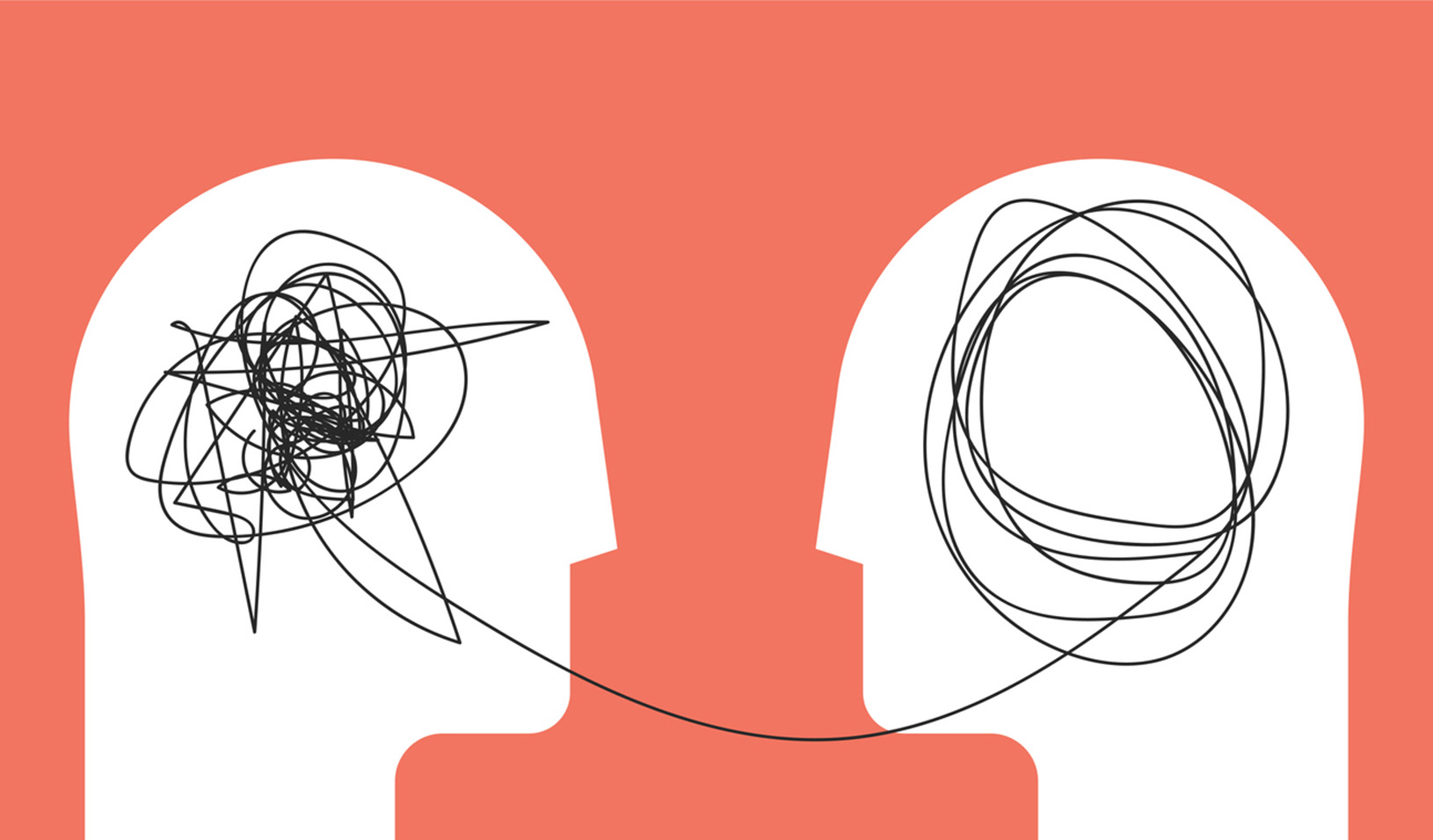The Power of Realistic Expectations
Research shows a way to close a key achievement gap.
September 19, 2016

Adjusting student expectations helps them succeed. | iStock/Rene Mansi
While many students experience difficulty acclimating to college, first-generation, low-income, and minority students are the hardest hit and most at risk of dropping out.
Research suggests this achievement gap can be attributed, at least in part, to persistent doubts from members of underrepresented groups about whether they belong socially and intellectually.
In a series of experiments involving nearly 10,000 incoming college freshmen, a group of researchers that included Rob Urstein, managing director of Global Innovation Programs and lecturer in management at Stanford Graduate School of Business, found a powerful way to help students from disadvantaged backgrounds weather the transition to college life.
The experiment targeted negative stereotypes before students even arrived on campus. While completing summer online orientation materials, incoming freshmen read short narratives from upperclassmen detailing how they felt out of place at first but gained a sense of belonging over time. The incoming students were also exposed to the idea that intelligence, rather than being a fixed trait, is something that grows over time and can be developed with effort.
The effects of those simple online interventions were profound. The paper, recently published in Proceedings of the National Academy of Sciences, shows that students from socially and economically disadvantaged backgrounds receiving the interventions were much more likely to maintain full-time enrollment through the first year and have higher grade point averages. Overall, the researchers calculated that these gains closed the achievement gap by roughly a third — a remarkable finding considering how easily and inexpensively such interventions can be applied at scale.
Aside from the natural educational applications, the evidence from this study hints at some other tantalizing possibilities. Might similar preparatory interventions help people starting new jobs? Or smooth the transition from military to civilian life? We recently spoke with Urstein about some of those possibilities.
One of the more notable findings in this study is that such a short, easily administered intervention can have a long-term influence on students’ mindsets. What is it about these interventions that make them so effective?
It’s important to acknowledge that these interventions alone aren’t silver bullets. They have to be done in conjunction with other efforts to ensure that students can be successful. It would be great to be able to say, “Wow, one small intervention and everyone will do well,” but, of course, it’s really complex. Figuring out the best setting and timing to deliver these interventions is also really important.
But we’ve now done this with many students across several institutions. We’ve found it helps students understand that it’s normal to struggle at first in college — it’s hard — but for most people those initial struggles are short-lived, and there are lots of resources to help you. It’s more like an inoculation than a vaccine. It’s not magic, but it’s going to potentially put you in a better frame of mind as you’re going through that transition.
So while these interventions are not cure-alls, they can change the way students perceive that transition from high school to college so that when they have those initial setbacks, they see them as normal bumps in the road rather than the start of a downward spiral or a confirmation that they don’t belong.
What potential do you see for applying these sorts of psychological interventions outside of academics?
There are many junctures in life where people face major transitions, and this work could help better frame the experience of what it’s like to make the leap into a new environment.
Think about starting a new job. You’re trying to figure out the landscape. It was a really competitive search. You feel fortunate to have gotten the job, but then you’re really worried about whether you’re going to fit in. What happens if you stumble? We all make mistakes on the job, and most of us learn from them and do better the next time. But if you’re not approaching that as being normal, you may start to question whether you’re qualified for the job instead of seeing it as a normal part of how we learn and grow. Or, imagine members of the service branches when they become veterans and transition to an industry job in the private sector. Things are going to be different — how can we better prepare veterans for those transitions?
I think that there are potentially a lot of implications for this work in other settings.
Have you been a part of any other efforts to put these ideas into practice in different settings?
We kicked off a project about two years ago when I was associate vice provost for undergraduate education and dean of freshmen here at Stanford, and responsible for monitoring the academic progress of all undergraduates. In a typical quarter, about 100 undergraduates go on academic probation for the first time. About one-third of those students successfully completed probation and we never heard from them again. But the other two-thirds basically spent the rest of their time at Stanford managing some kind of academic difficulty. I wondered how we could do a better job understanding why some students succeed in getting off probation, and what were the barriers for those who found it more difficult. What improvements could we make at that first institutional signal that they were not making satisfactory progress?
What did you discover?
We interviewed hundreds of students who had been placed on academic probation. They reported feeling ashamed and embarrassed when they were notified. They didn’t know who they could talk to and felt alone in this situation.
We then looked at the letter we used to inform students that they were on academic probation, which had probably been unchanged for many years. The letter had a very harsh tone to it — it used the term Academic Probation, with a capital A and capital P. It may have signaled to them that they were being put into a different class of students now. This is a status.
We changed the letter and tested it out with some of the students landing on academic probation for the first time. The new letter kept the same information about what it means and what students need to do to successfully complete probation. But rather than a status, we reframed it as a process. We wanted to normalize for students that this wasn’t an indictment of you as an individual, and it’s not unusual for students to struggle and have academic performance problems. It has happened to many other students, and it’s possible to work through this process. We also included short narratives from former students saying, basically, “I struggled. I got on academic probation. It wasn’t easy for me, but these are some of the things I did, these are some of the resources I used to make progress, and it ended up being OK.”
Did you see any changes as a result of the new letter?
We found that students who received the revised letter and the narratives reached out to advisors more quickly, which is one of the things that can help connect them to resources and support. They also reported significantly lower feelings of shame and embarrassment than students who received the old letter. So even though we had small numbers, we decided the evidence was clear — we’re going to start doing this. And while this probation project is in its infancy, and we are now expanding the study to other institutions, it offers a way to think about, “Are there other contexts and specific times where these kinds of interventions can be successful?”
What other future directions do you see this work taking?
What I’m interested in, and what a lot of our students at Stanford GSB are interested in, is how can we combine these psychological interventions and insights with entrepreneurial instincts to make improvements to higher education or meaningful settings at a fairly low cost. Figuring out how to scale this stuff or implement it across different kinds of institutions — those are management challenges and that’s something we can contribute to.
Also, as a result of this work, some of the researchers and other colleagues formed the College Transition Collaborative, which is centered here at Stanford. The idea is to convene both researchers and administrators from partner institutions all around the country to disseminate the knowledge we’ve gained, but also to learn and refine these interventions as we scale. It’s an opportunity to take this research and figure out how to put it to applied use. I think we can have a really meaningful impact not only on student learners, but also on organizations and institutions through this work.
For media inquiries, visit the Newsroom.
Explore More

Stanford GSB Faculty Share Their Holiday Reading Lists

10 of Our Favorite Stories About Careers and Success of 2023



